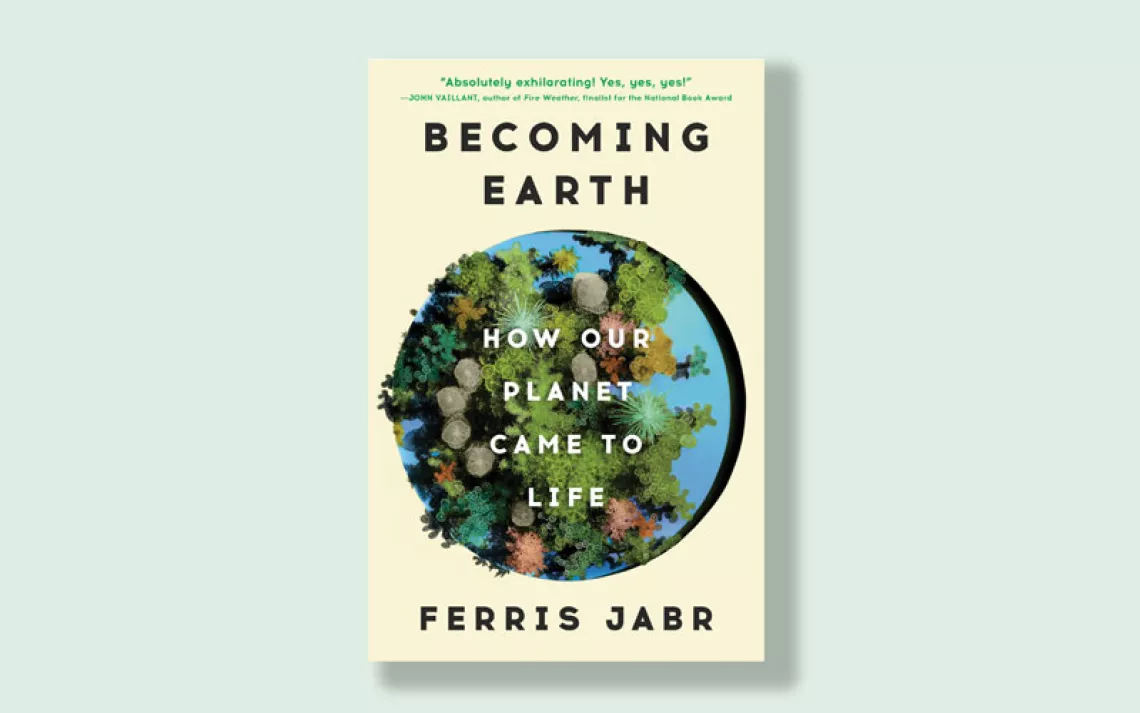Goodbye, Elephants. You Made a Nice Keychain.
“Poached: Inside the Dark World of Wildlife Trafficking”

"Downer endings are the norm" in stories of wildlife trafficking, admits Rachel Love Nuwer in Poached: Inside the Dark World of Wildlife Trafficking (Da Capo Press, September 2018), and she struggles mightily against them. So, too, do the activists, rangers, wildlife lovers, and others she profiles, even if they no longer have much hope themselves. Kenya-based photojournalist Karl Ammann, for example, makes it clear before he meets with Nuwer that he won’t be involved in any sugarcoating:
I do not want my input in any project or book interpreted as part of any feel-good message. The only objective I have left in this business is to be able to look into the mirror in the morning.
“I guess that’s what a lifetime spent working in conservation will do to a guy,” reflects Nuwer.
A book on the subject of the commodification of the planet’s most majestic creatures could easily be a mere chamber of horrors—entire herds of elephants massacred by automatic weapons; rhinos railroaded to extinction so Vietnamese playboys can impress their friends with an expensive hangover cure; hellish "farms" where bears are kept in cages and drained of their bile and tigers are raised for their meat, bones, and skin. At a “zoo” in back of a Chinese casino in Laos that features wild-animal products, Nuwer steals a visit with the tiger prisoners.
They lay in pools of sunshine, orange fur ablaze and crisscrossed with an extra set of stripes from the shadows of their cages’ bars. Most of them looked up at me, holding my eyes in their unblinking yellow ones, almost defiant in their intensity. Even in captivity, they seemed fully in possession of this moment.
Nuwer’s engaging and immersive reporting style goes a long way to finesse the downer hazard. She goes on a pangolin hunt with a Vietnamese trapper (“What happens to the animals after the pickup is not something that Tám Hố concerns himself with”) and then shops for pangolin scales in Guangzhou, China. She quizzes a user of "medicinal" tiger bone (he’s pretty much just following doctor’s orders); hangs with heavily armed wildlife rangers in Kenya and Chad; and, memorably, poses as an eastern European hooker to gain entry to the Laotian casino that offers a wildlife cornucopia to customers. ("A vat of golden liquid stood on a shelf with a long, curled object inside. 'Hey, Love, I think that's a tiger penis,' I whispered.”)
With colorful, occasionally cringy detail, Nuwer illuminates and animates the larger forces driving the trade that’s wiping out our remaining wildlife: ruthless greed, systematic corruption, and poorly designed policy. (Her portrayal of CITES, the Convention on International Trade in Endangered Species, is particularly unflattering.) Criminal gangs target rhino and elephant reserves for the same reason Willie Sutton robbed banks—because that's where the money is—and they’re endlessly inventive in adapting to changing enforcement regimes. As South African wildlife-crime investigator Julian Rademeyer tells her, “There’s a constant struggle between government bureaucracies that move really slowly and criminal networks that are leaps and bounds ahead of them.”
What's somehow needed, Nuwer argues, is an equal suppleness and flexibility by those trying to prevent our beleaguered fellow earthlings from being turned into keychains and acne remedies. National and international laws and trade rules are part of the picture, but wildlife trafficking will only end when cultures change so that people value the wildlife more than the—often trivial—human use of their bodies. “The best advice I ever got,” says anti-bear-farming activist Jill Robinson, “was from a Chinese governmental official who told me to start the debate in China. For sure, that’s what’s going to end this practice. It’s not a bunch of Westerners coming in and saying you should be doing this—it’s people in China.”
 The Magazine of The Sierra Club
The Magazine of The Sierra Club



